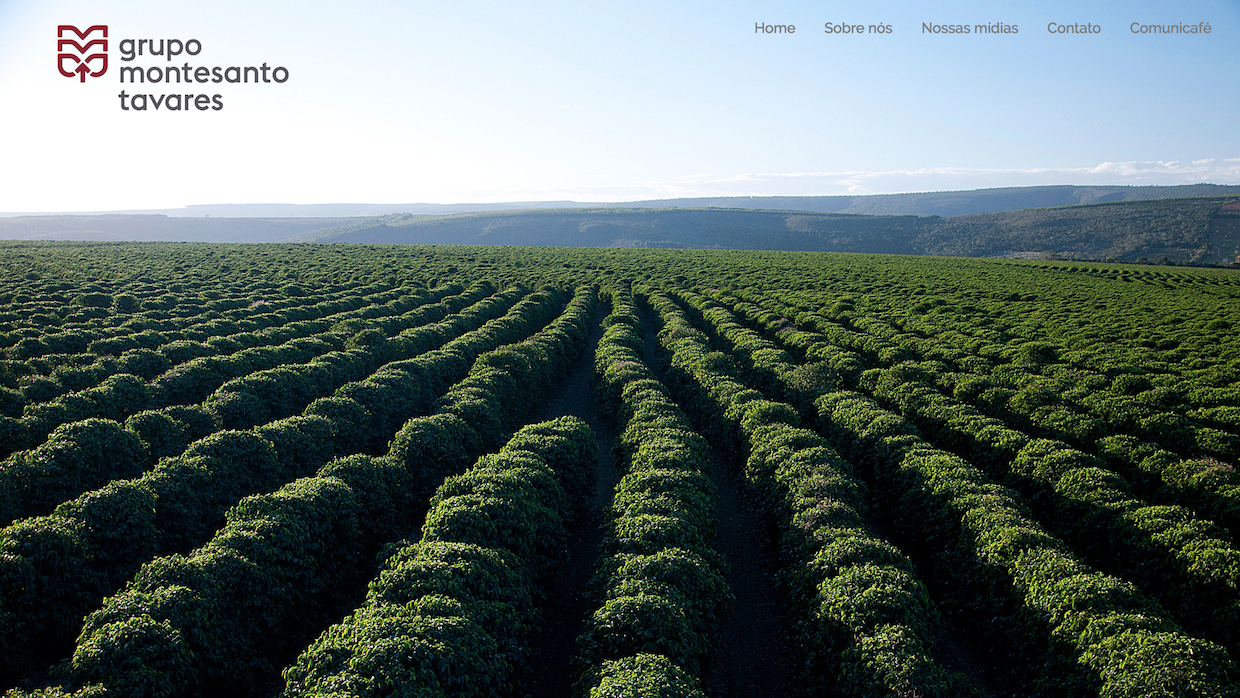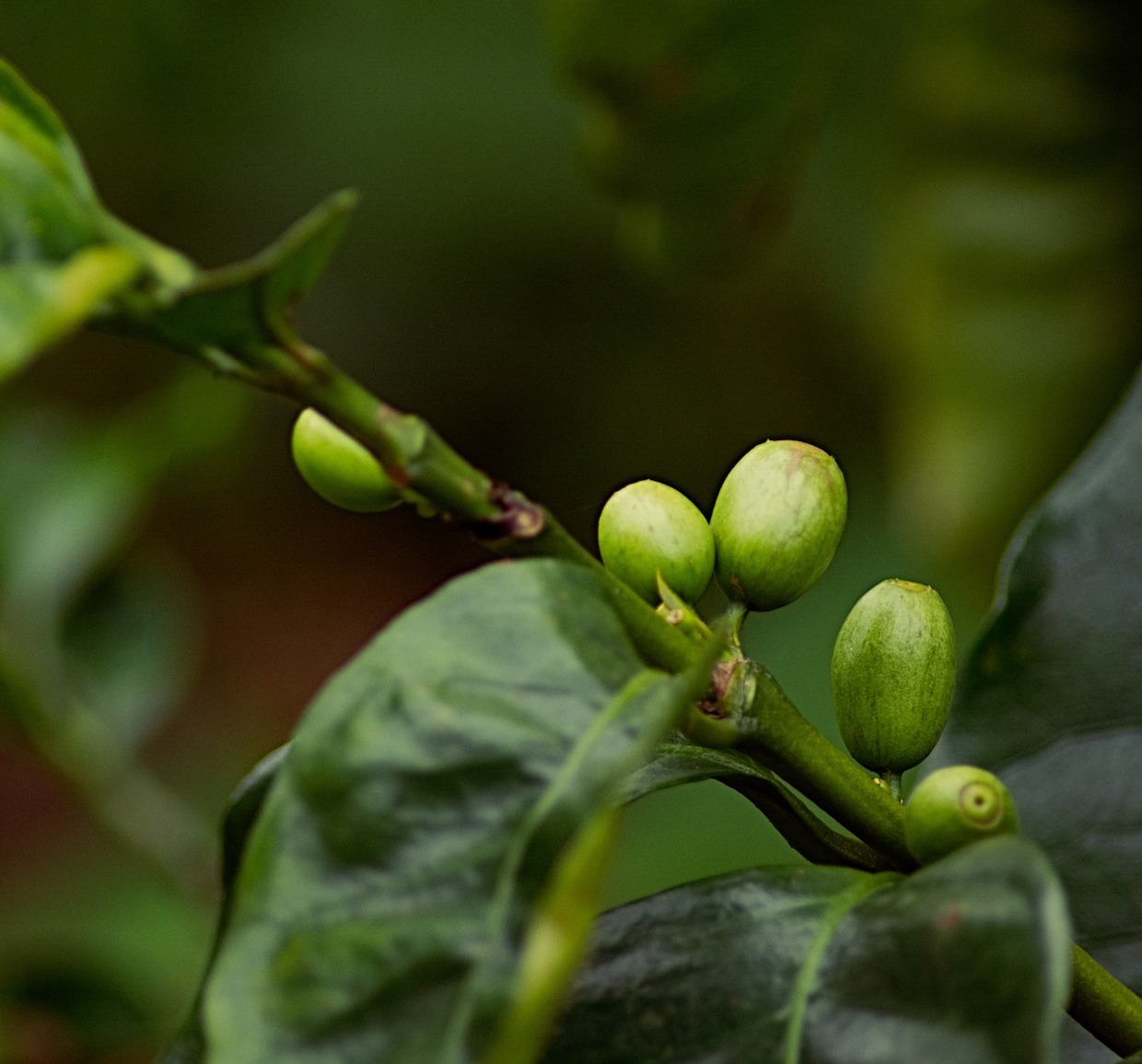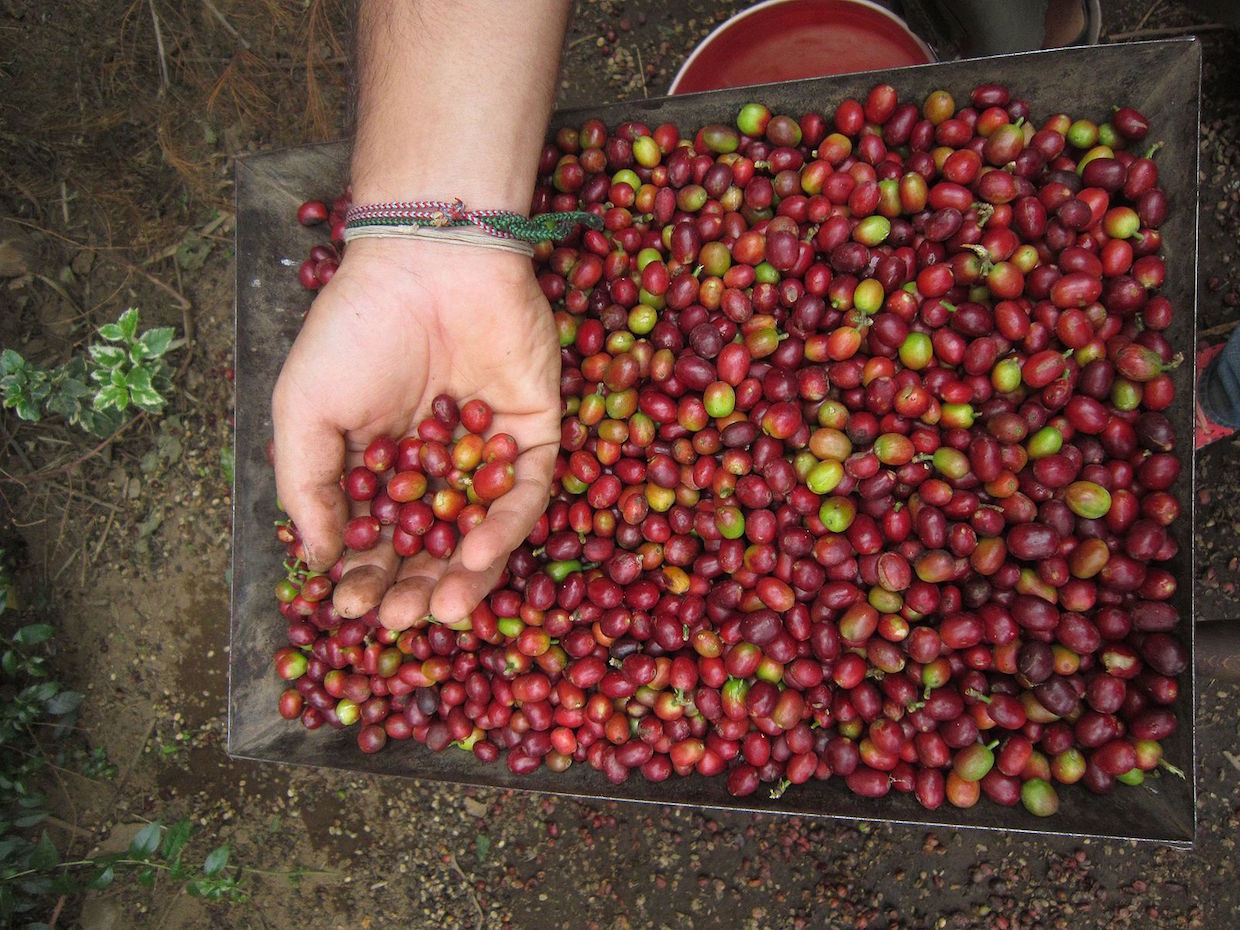In collaboration with numerous academic institutions an nonprofit research institutes, coffee giants Lavazza and Illycaffè, have achieved the first fully sequenced genome for Coffea arabica. World Coffee Research has posted the entire sequence publicly on its website. (Warning: The download requires registration; the file is more that 400 mb; and it requires specialized software to open). Per a WCR press release:
“We are thrilled to be able to convey this Arabica genome to the global coffee and research community freely and openly,” says Tim Schilling, CEO and founder of World Coffee Research. “Advanced genetics research is essential to coffee’s future as a sustainable crop, and to exploring the thrilling diversity of flavors found in coffee. Having access to a whole sequenced genome is an essential precursor to unlocking the potential of genetics research to transform coffee production. Utilizing advancements in DNA science for the benefit of coffee producers around the world is the very reason that a collaborative industry research nonprofit like World Coffee Research exists. Our scientists are looking forward to working with other organizations, countries and governments to make use of the treasures within this genome to make coffee more profitable to farmers and better tasting for consumers.”
Apparently, we’re caffeinating our groundwater, according to a study from 2016 that was the focus of a report in Forbes this week:
More surprisingly, the researchers also found large amounts of caffeine in the groundwater. Caffeine is an organic molecule found in coffee, tea and soft-drinks. Coffee is the world’s most popular drink, a comfort to millions and a daily necessity for many due to its stimulating effects. The annually produced 120,000 tons of coffee are enough that every person on the planet could consume at least one caffeinated beverage every day. The concentration of caffeine found by the research was highest under major cities, especially London.
Now a quarter century deep into the coffee game, New Zealand’s Coffee Supreme has appointed its first international marketing manager, Jessica Godfrey, the former general manager of cafe equipment supplier Acme & Co. and immediate past president of the New Zealand Specialty Coffee Association. Coffee Supreme International CEO Al Keating shared some commentary in a press release:
“Although we have had plenty of marketing outputs, we haven’t ever had anyone dedicated solely to that role. Historically, marketing has been something we squeeze in between crafting one-liners and picking through the destoner, looking for interesting foreign objects. Now that we’re in seven cities across three countries, it really felt about time we did appoint someone. And, Jess was by far the standout candidate!”
In the Minas Gerais region of Brazil, slave laborers were discovered and rescued from a farm that currently bears both UTZ and Starbucks’ C.A.F.E. Practices certification, and was in the process of attaining 4C certification, according to Mongabay:
The employees lived in collective lodgings without drinking water. According to the inspectors, sanitation was so precarious that it put workers’ health at risk. The rescued group reported that dead bats were often found in the water tanks, which had no cover. This water was used for cooking and drinking.
In addition, the inspectors collected farm reports indicating that accounts payable were rigged. “We’d harvest and they’d leave it [the beans] there to be weighed the next day. When we arrived there, the coffee was gone. And then we were humiliated: we complained and they laughed in our faces,” said one of the rescued workers.

Grupo Montesanto Tavares (http://montesantotavares.com.br)
Elsewhere in Brazil, Grupo Montesanto Tavares has its sites set on becoming the largest coffee seller in the country now that one of the largest pension funds in Canada, PSP Investments, bought a minority stake. The deal included a jolt of 1.5 billion reais (USD$370 million) into GMT coffers, Bloomberg reported:
Thanks to the capital injection, GMT plans to quintuple annual production to 500,000 bags over the next 10 years.
Brazil’s massive volumes coupled with its sagging currency amid recent political instability are among factors contributing to the disastrously low global C-market prices of late — prices that don’t come anywhere near covering many farmers’ costs of production. Reuters reported that the World Coffee Producers Forum addressed this crisis publicly in a press conference earlier this week, imploring major buyers such as Nestle and Starbucks to come to the table for discussions about fairness and survival:
Among the schemes being discussed by producers is a positive certification program for companies willing to offer high enough prices to enable farmers to make a living.
Many farmers are currently producing at a loss.
“Every day we have this price crisis, there is more illegal immigration from our countries to North America. That is a very dangerous situation,” said Ricardo Arenas Mendes, president of Anacafe, a producers’ group based in Guatemala.
“Our people are starving. The price (buyers) are paying for coffee today is less that the price they were paying 30 years ago,” he added.
In some places, though, coffee cultivation is still seen as an improvement over other crops. YourStory reported that In South India — where cardamom, ginger and other spices are failing to keep farmers afloat — the Gorkhaland Territorial Administration (GTA) is providing 75 percent subsidies to roughly 400 farmers interested in switching to coffee, which is being promoted as a more profitable crop:
“We are planting Chandragiri variety, which is suitable for this locality as it is resistant to trunk borer and coffee rust problems,” Mahadev Chhetri, senior scientific officer of the GTA horticulture department told VillageSquare.in. “We wish to create a brand of Kalimpong coffee like the Darjeeling tea.”
According to Chhetri, farmers would be taken to Karnataka in September this year, to be trained by coffee experts.
It’s not easy making big changes when it comes to one’s livelihood — also takes courage — moxie, even. In Idaho, Moxie Coffee franchisees have practically made a sport of it, branding-wise. Several coffee shops have flip-flopped between Moxie, other chains and independent branding several times in recent years as the Moxie company has expanded, contracted, and seems to be expanding again. BoiseDev had more:
Some old Moxie locations rise back up. The location in the Hillcrest Shopping Center flipped from Moxie to Caffee Capri, back to Moxie for a short time – before finally transitioning to Strongline Espresso.
In Vista Village, the former Moxie also became Caffe Capri. It later rejoined Moxie and combined with a Blimpie outlet.
Now another old Moxie will come back to the fleet.
Howard Bryman
Howard Bryman is the associate editor of Daily Coffee News by Roast Magazine. He is based in Portland, Oregon.









Comment